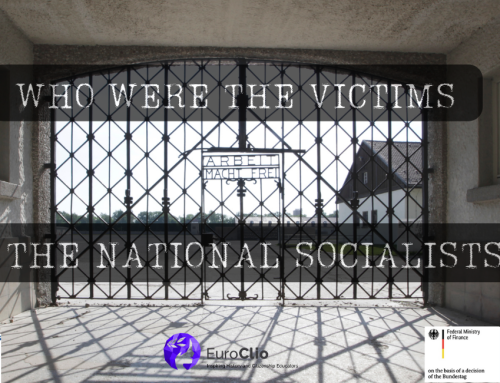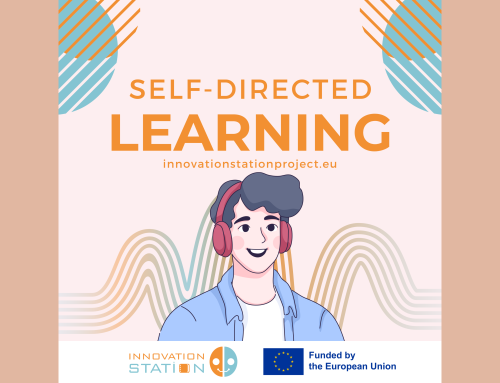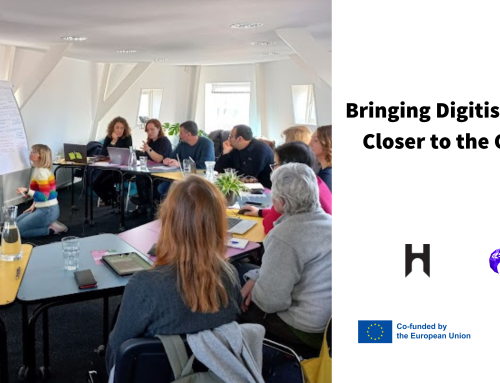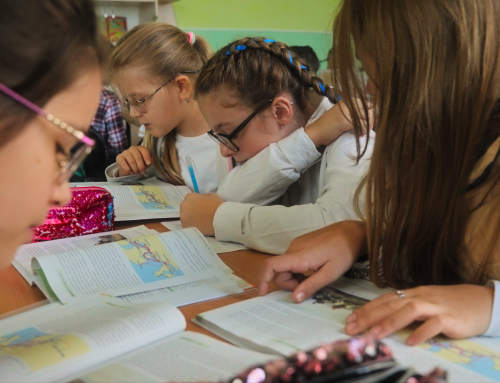From late May and throughout June a series of piloting events took place in Eskoriatza, Donostia-San Sebastian and Andoain. The module “How to be a good censor” was successfully put to the test for a total of 80 students on five different occasions and received predominantly positive feedback.
Between May 30th and June 20th, five rounds of piloting workshops within the “How to be a good censor”-material took place in different cities in Spain. The learning activity deals with the mechanisms of censorship through a comparative and critical approach of different transnational sources. Moreover, the learning activity aims to maintain a transnational character by employing a broad variety of sources, and to engage students in methods of identifying, inferring, and deducing the reasons for – and the significance of how – censorship was conducted in the 20th century by authoritarian regimes.
In total, around 80 students in ages 15-16 from Eskoriatza, Donostia-San Sebastian and Andoain participated in the piloting workshop. The piloting of the material yielded good results: the teachers received the material with the level of interest and participation from the students towards the topic. Furthermore, the relationship between censorship then, and censorship now, acted as a facilitator for connecting contemporary society with the past.
While feedback from the piloting was chiefly positive, the piloting also lead to the mapping out of certain difficulties. Primarily, difficulties related to the need for preparation: the “How to be a good censor”-material is increasingly comprehensible when students have completed lectures in the context of the 20th century, the policies and state of the involved countries, and the political climate in which the censorship took place.
Read more about the Silencing Citizens Through Censorship project below,







